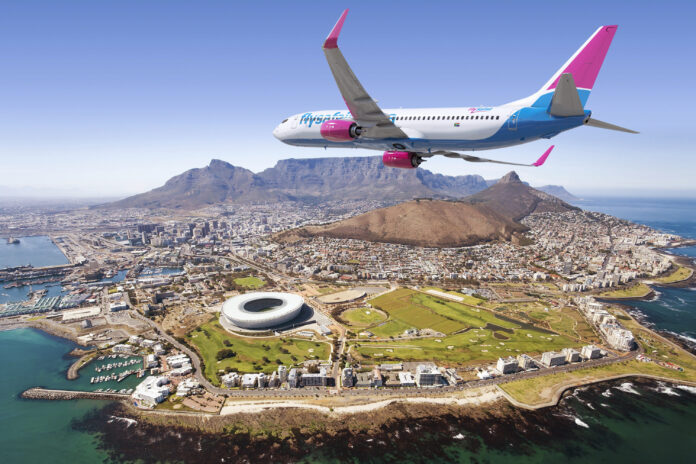Purchasing a new suitcase can be an exciting activity, bringing with it anticipation for all the travelling to come. But, with the hundreds of different options available at vastly differing price points, it can be tough to decide which one to pick. To help you find your next perfect suitcase, FlySafair is sharing some advice on what to consider when shopping.
Aim for the middle
When you hand your suitcase over at check-in, it has to go through the airport system before being loaded on the aircraft. This system includes a number of conveyors and chutes, some of which involve falling from fair heights and other times being loaded on and off wagons by hand. Keeping this in mind, it’s important to be realistic about your suitcase. Understand that each trip will result in a bit of wear and tear. Make sure you invest in a suitcase that will be hardy enough to withstand this handling. Cheaper suitcases are often made of more brittle materials, which tend to snap and break easily. They also usually have slightly weaker extending handles, side handles, and wheel assemblies, which are prone to damage. Cheaper hard-shell suitcases are especially prone to cracking, even more so when they’re packed to the brim.
Wheels
Anything that protrudes from your suitcase is at risk of snapping or breaking when moving through the mechanised conveyor systems in airport baggage sortation halls. The best solution is to find bags where the wheels stick out as little as possible. This, unfortunately, limits your options to bags that you need to tilt to pull, but these are the most foolproof options. If you really want a four-wheel model, opt for one with short, sturdy wheels that stick out as little as possible.
Zips and Locks
Sadly, the risk of theft always exists. Although there is no guarantee, a good approach is to ensure that your bag is more difficult to get into than the next one. Zips are very easy to break open, so the perfect bag would be one with latches that stick close to the sides of the bag. That said, if you do choose a zip option, choose one which has an inbuilt zip lock. This is better for two reasons. Firstly, separate locks that hang off zippers can easily be broken off when moving between the rollers on the conveyor belts. Secondly, if the zips can be moved, it makes resealing the zip after opening it to compromise the bag much simpler. If the zips cannot be moved, the zip will stay open, which could expose the crook.
Name Tags
When you check your bag, the check-in agent will place a sticker around the handle and place a separate pull-off barcode sticker onto the body of the bag. This is a backup in case your bag tag gets ripped off in the conveyor system. It’s a great idea to give yourself a third layer of protection by choosing a bag with a space to write your name and contact details on. Avoid tags that flap off your bag, as these can easily get snagged and result in damage.
When to wrap
Wrapping your bag is a great idea. The wrap provides a layer of protection against scuffing and makes the suitcase more difficult to tamper with. It also traps any loose straps or items that could get caught and tear on the conveyor belts. Most airports have suppliers that can wrap bags in plastic, but the best, most environmentally friendly options are reusable fabric covers that can be purchased from most reputable luggage sellers.
Watch your weight
Most suitcases are designed to carry a specific expected weight. Most of the time, this is around the 25kg mark, but check your brand to see what your suitcase is rated for. The heavier you pack your suitcase the harder it will fall, and the more strain will be placed on the handles when it’s being loaded and unloaded. To protect your bag, try to keep your weight within reasonable limits.

